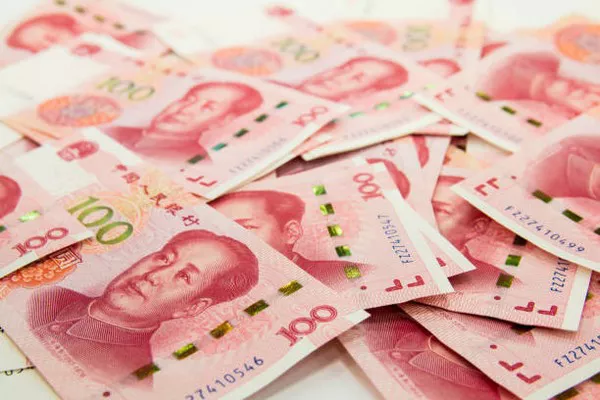China’s remarkable economic rise over the past few decades has captured the world’s attention. As the second-largest economy globally, China plays a pivotal role in shaping the international economic landscape. However, the question of who controls the majority of China’s economy is complex and multifaceted. In this article, we will delve into the intricacies of China’s economic structure, exploring the key players and entities that wield significant influence over the nation’s economic direction.
State-Owned Enterprises (SOEs)
At the core of China’s economic structure are State-Owned Enterprises (SOEs), which play a crucial role in driving the country’s economic activities. These entities are government-owned and managed, covering a wide array of industries such as energy, telecommunications, and finance. The Chinese government maintains a substantial degree of control over these enterprises, allowing it to influence strategic sectors and economic policies.
The dominance of SOEs in critical industries underscores the government’s role in shaping China’s economic trajectory. For instance, behemoths like China National Petroleum Corporation (CNPC) and State Grid Corporation of China (SGCC) are instrumental in the energy sector, while China Mobile and China Telecom are prominent players in the telecommunications industry.
Private Enterprises and Entrepreneurs
While SOEs remain significant players, China’s economic landscape also features a vibrant private sector that has experienced remarkable growth. Private enterprises and entrepreneurs have contributed substantially to the country’s economic dynamism, fostering innovation and competition.
Tech giants like Alibaba, Tencent, and Huawei have emerged as influential players, not just within China but on the global stage. These companies have played a pivotal role in driving China’s technological advancements and digital transformation. However, it is essential to note that even within the private sector, the government maintains a certain level of oversight, especially in areas deemed critical to national security.
Policy-Making Bodies
China’s economic policies are crafted and implemented by various government bodies, each with its specific focus and jurisdiction. The National Development and Reform Commission (NDRC) is a key player, responsible for macroeconomic planning and formulating economic strategies. Additionally, the People’s Bank of China (PBOC) oversees monetary policy, ensuring stability and growth within the financial sector.
The Chinese Communist Party (CCP) also holds significant influence over economic decision-making. The Central Committee of the CCP sets the overall direction for economic policies, and key decisions are often aligned with the party’s long-term goals. The close integration of political and economic power underscores the unique nature of China’s governance structure.
Financial Institutions
China’s financial sector is another critical aspect of its economic landscape, with major institutions exerting considerable influence. The Industrial and Commercial Bank of China (ICBC), the Agricultural Bank of China (ABC), the Bank of China (BOC), and the China Construction Bank (CCB) are among the largest and most influential banks in the country. These financial institutions play a central role in funding major projects and supporting economic development initiatives.
Moreover, China has been actively expanding its global footprint through institutions like the Asian Infrastructure Investment Bank (AIIB) and the Belt and Road Initiative (BRI). These initiatives provide China with an avenue to extend its economic influence beyond its borders, shaping infrastructure development and fostering economic ties with partner countries.
Regional Disparities and Provincial Power
China’s economic landscape is not homogeneous, and regional disparities play a crucial role in shaping economic power dynamics. Coastal provinces, such as Guangdong and Zhejiang, have witnessed rapid economic development and are home to many thriving private enterprises. On the other hand, inland provinces may face challenges related to economic development, leading to disparities in wealth distribution.
Provincial governments also wield significant economic influence, as they are responsible for implementing central policies and driving regional development. The provincial-level State-Owned Assets Supervision and Administration Commission (SASAC) oversees SOEs within their jurisdictions, providing an additional layer of control and coordination.
See Also Why Is Chinese Yuan Most Traded?
Conclusion
In conclusion, understanding who controls most of China’s economy requires a nuanced examination of the various players and entities involved. While State-Owned Enterprises remain pivotal, the influence of private enterprises, entrepreneurs, policy-making bodies, financial institutions, and regional dynamics col


